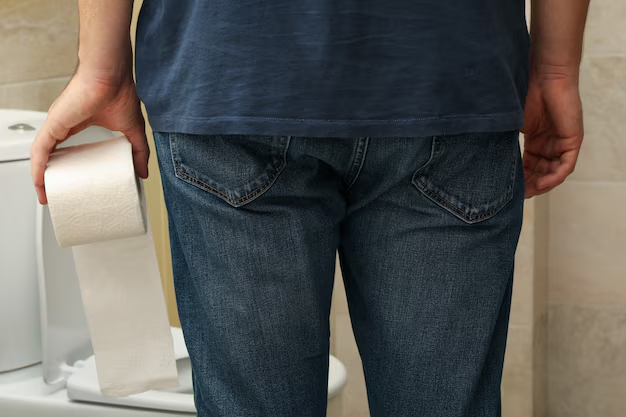Will Spay Incontinence Resolve Itself? Here's What Pet Owners Need to Know
Spaying a female dog is one of the most effective ways to contribute to its health and longevity. Yet, one potential side effect that catches many pet owners off guard is spay incontinence. This condition can be troubling for both the dog and the owner, raising immediate concerns and questions, with one at the forefront: Does spay incontinence go away?
Understanding Spay Incontinence
Spay incontinence occurs in some dogs following the surgical removal of their ovaries and uterus, typically resulting in a lack of estrogen. Estrogen plays a crucial role in the maintenance of the urinary sphincter tone, and its absence can lead to urinary incontinence in certain cases. This condition is usually seen in medium to large-breed female dogs, and while it's not exclusive to spayed dogs, they can be more predisposed.
Signs may include:
- Dribbles of urine while the dog is resting or sleeping
- Wet spots where the dog has been lying
- Excessive licking of the genital area
Does It Really Go Away?
The Truth: Spay incontinence does not typically resolve on its own. However, it can be effectively managed with proper veterinary care. Treatment options often involve medications that help increase urethral sphincter tone and may include hormone replacement therapies. These treatments tend to be highly effective, allowing many dogs to live comfortable, symptom-free lives.
Managing the Condition
Work with Your Vet: A veterinarian will conduct tests to rule out other causes of incontinence, such as infections or bladder stones, before diagnosing spay incontinence.
Medication: Common drugs include phenylpropanolamine, which strengthens the urinary sphincter, or estrogen supplements that compensate for the hormone loss.
Lifestyle Adjustments: Use of doggy diapers, regular bathroom breaks, and maintaining a bathroom schedule can help manage symptoms.
Expanding Your Resources
Owning a pet comes with responsibilities and sometimes unforeseen medical expenses. If your dog's spay incontinence treatment is stretching your budget, consider exploring financial relief options. Just as understanding spay incontinence is essential, equipping yourself with financial literacy is crucial for long-term pet care.
Financial Support Options
- Pet Insurance: Examine options that cover routine care and unexpected health issues.
- Veterinary Discount Plans: These plans offer discounted rates on veterinary services.
- Non-Profit Assistance: Organizations sometimes offer grants or financial aid for pet owners in need.
Broaden Your Financial Horizon
Navigating financial constraints while managing pet care can be stressful. Fortunately, you’re not alone. Various programs and resources exist to help ease the financial load, allowing you to focus on what matters most—your furry friend’s well-being.
👉 Pet Care Assistance List:
- 🐾 Veterinary Pet Insurance: Comprehensive coverage plans that cater to all pets.
- 💰 Financial Aid Programs: Government grants or loans for lower-income families.
- 📉 Debt Relief Services: Explore options to manage or consolidate debt.
- 📚 Educational Grants: Aid for furthering your knowledge in pet care management or general financial literacy.
- 🔍 Credit Counseling Services: Obtain help managing and improving your credit score.
By leveraging these resources, you can ensure your pet gets the care they need while also maintaining your financial health. Thus, while spay incontinence itself may not disappear entirely, with the right treatment and financial planning, it certainly doesn’t have to disrupt the harmony of your home.

Related Topics
- a Patient You Are Caring For Uses Incontinence Briefs
- Are Incontinence Products Tax Deductible
- Are Incontinence Supplies Covered By Medicare
- Are Incontinence Supplies Tax Deductible
- Can a Bladder Infection Cause Urinary Incontinence
- Can a Kidney Stone Cause Incontinence
- Can a Urinary Tract Infection Cause Incontinence
- Can a Uti Cause Incontinence
- Can Constipation Cause Incontinence
- Can Constipation Cause Urinary Incontinence